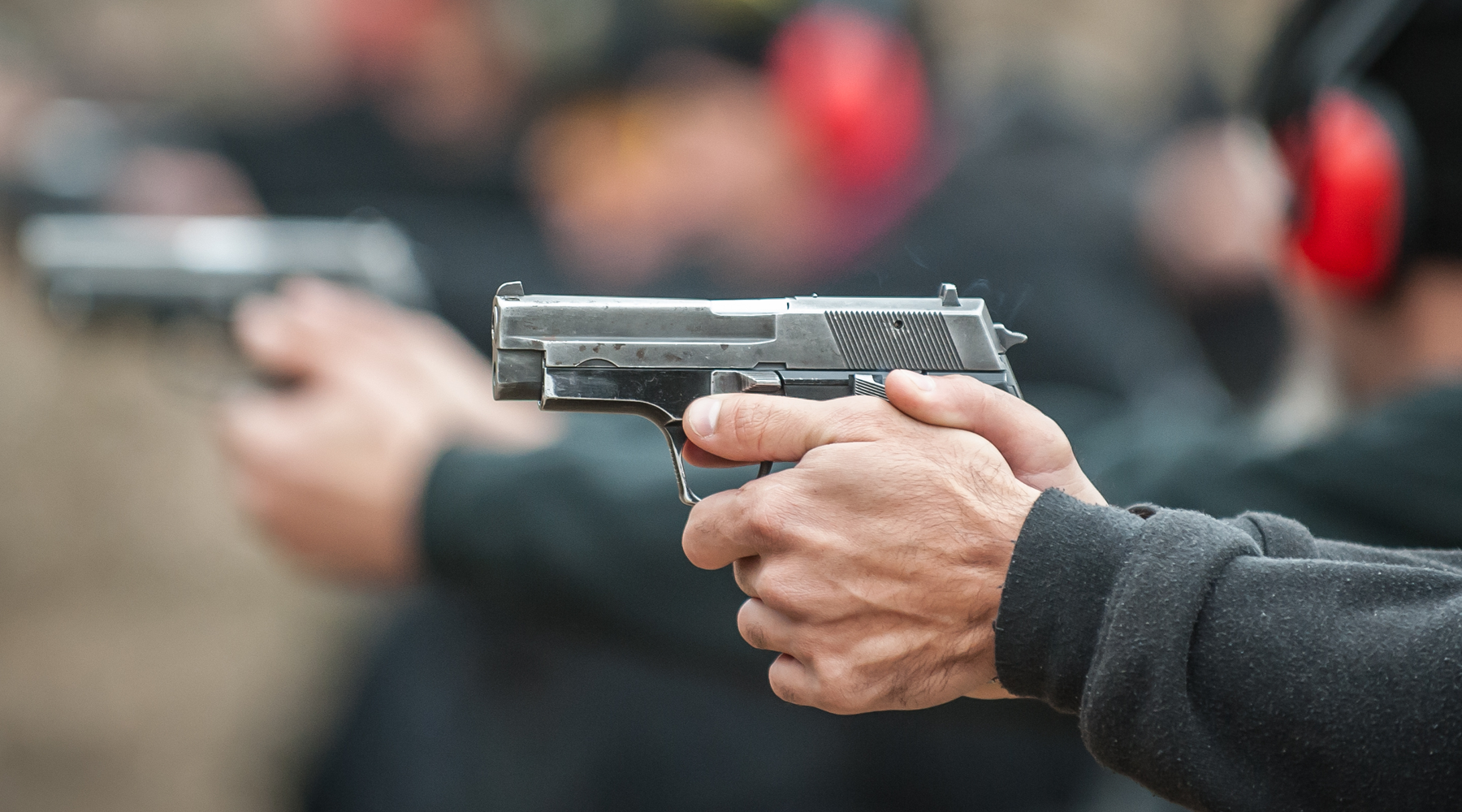Article: The USPSA Classification System

The USPSA Classification System
| Grand Master | 95 to 100% |
| Master | 85 to 94.9% |
| A Class | 75 to 84.9% |
| B Class | 60 to 74.9% |
| C Class | 40 to 59.9% |
| D Class | Below 40% |
Your percentage is based on your scores as they relate the average high scores on file for a particular course of fire. To receive an initial classification, a member needs to have at least four unduplicated scores in the USPSA classification database. If there are more than fours cores on file, the best four scores of the most recent six scores will be used. Scores are sorted according to the match date to determine which scores are the most recent. For matches that are Level I Specials, the scores are further sorted by the score percent in descending order. In doing so, the lowest scores from a special will be the first scores to drop out of the most recent scores on file.
B — A score that is more than 5% below the member’s current classification bracket or a score less than 2%.
C — A score that is more than one class below the highest class in any division attained by the member. e.g. a member has a Master class in Open division and a B class score in Limited is submitted. This score will be flagged with C and not used.
D — Duplicate course - a higher score for this course already exists in the most recent six or eight scores.
E — A score that is not in the most recent six or eight scores.
F — A score that is one of the two lowest scores in the most recent six or eight scores. Y — A score that has been used as part of the classification percentage calculation.
Please note that for unclassified members, the first scores submitted, except for those that are 2 percent or less, will be used to calculate an initial classification. After a classification has been earned in a division, new scores will be evaluated according to the flagging system shown above. This can and does result in new scores not being used for reclassification purposes even though they are higher than some of the initial scores that were submitted, but still lower than your classification bracket. Any such low score should move out of the most recent group as newer scores that conform to your current classification are entered into the system.
The classification system is run weekly, usually on Tuesday night, but may run at other times, as not to affect classifications during major matches.
If you feel your classification is too low, you may request the next higher class, up to but not including Grand Master. Requests are made in writing and submitted with a letter from your club president or Section Coordinator (SC) endorsing your request. If your request is approved, you will be moved up at the next regular calculation period.
Your performance in larger matches and tournaments may also be used to help establish classification. Your percentage in a Level II or III match will be used as a classifier if there are more than 50 competitors in your division, and 3 Grand Masters placing at 90% or above. If you place 5% or more above your current class ceiling, you will be moved up one class in that division. In addition, if you score 95% or higher at a USPSA national championship, you will be moved to Grand Master class for that division.
To be moved to a lower class you must: 1) request in writing to be moved down, citing your reasons and justification; 2) have a club president or SC concur with your request in writing; and
3) have no current scores on record that indicate you should remain in your assigned class.
You can read more about


Leave a comment
This site is protected by reCAPTCHA and the Google Privacy Policy and Terms of Service apply.